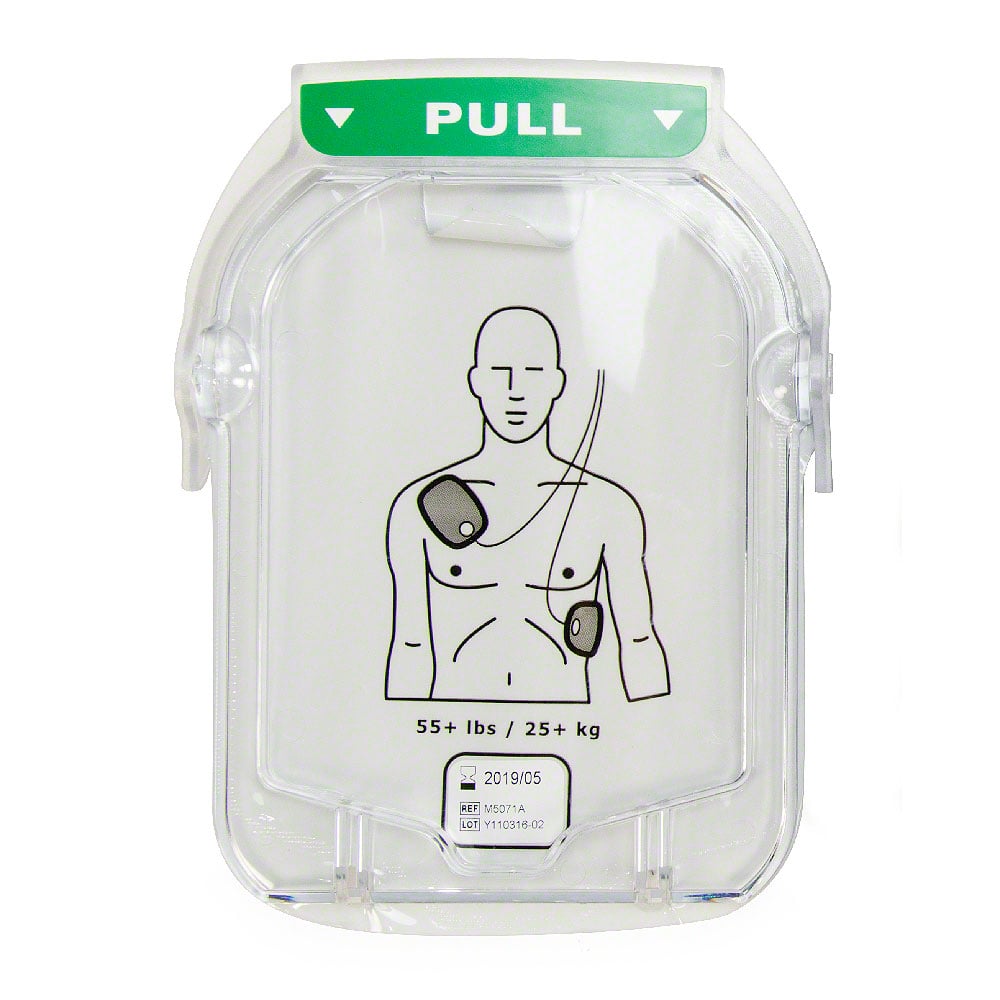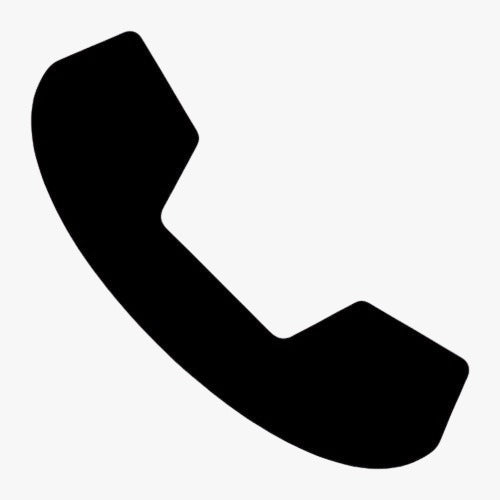As a homeowner, a school administrator, or a small business owner, investing in an automated external defibrillator, an AED, is a profound commitment to safety. It is a decision rooted in the hope of saving a life should a sudden cardiac arrest strike. But owning an AED is just the first step. The true measure of preparedness lies in ensuring that your device is always rescue ready, and a critical part of that readiness comes down to something often overlooked, your AED pads.
The unsettling truth is that many AEDs are not ready for use when an emergency occurs. Studies have shown that up to 15% of public AEDs are not operational, with expired or missing electrode pads being the most common culprits. A government audit in 2024 further highlighted this, finding that 12% of AEDs had expired pads, and spare pads were missing from others. This is not just a compliance issue, it is a direct threat to a victim's survival, as survival rates from sudden cardiac arrest decrease by roughly 10% for each minute defibrillation is delayed. Understanding your AED pads, their types, their lifespan, and how to maintain them is not merely a maintenance task, it is a life saving imperative.
At Response Ready, we understand these concerns. Our goal is to empower you to feel confident in your AED, knowing it will perform flawlessly when every second counts. We combine top tier devices with user friendly support and innovative tools to make ongoing maintenance simple and transparent.
Why do AED pads expire?

AED electrode pads are not just simple wires and sticky surfaces, they are sophisticated medical components designed to deliver a precise electrical shock to the heart. The critical elements that make them effective are the conductive gel and the adhesive material. Over time, these components degrade.
The gel can dry out, reducing its ability to conduct electricity efficiently and securely adhere to the skin. This can lead to an ineffective shock or even cause skin burns due to improper energy delivery. The chemicals within the pads can also break down, compromising their integrity. Even if the pads look fine on the surface, their internal structure may be compromised, rendering them unreliable during a critical moment. This is why expired pads cannot be trusted. They introduce a significant risk of failure when performance is paramount.
Decoding AED pad types for every rescue
Understanding the different types of AED pads is crucial for ensuring the right care for every potential victim.
Adult pads are designed for individuals aged eight years or older, or weighing more than 55 pounds. They provide a larger surface area to ensure proper energy delivery for adult torsos. In contrast, pediatric pads, or attenuated pads, are specifically for children under eight years of age or weighing less than 55 pounds. These pads deliver a reduced energy shock, typically one third of the adult dose, to safely defibrillate a child's smaller heart without causing harm.
The critical lifespan of AED pads checking and replacing for optimal performance
Every set of AED pads has an expiration date, clearly marked on the packaging, often accompanied by an hourglass symbol. This date is not merely a suggestion, it is a critical safety parameter. Once this date passes, the integrity of the conductive gel and adhesive cannot be guaranteed, making the pads unreliable.
To ensure your AED is always ready, integrate pad checks into your routine maintenance:
-
Locate the expiration date:
Always check the date printed on the pad packaging.
-
Visual inspection:
Look for any signs of damage, punctures, or drying out of the gel, even if within the expiration date.
-
AED status indicator:
Most modern AEDs, including the ZOLL AED 3, have a status indicator light or screen that will alert you to expired pads or other readiness issues. Pay close attention to these signals.
-
Immediate replacement:
Pads must be replaced immediately after each use, regardless of their expiration date. They are designed for single use only. -
Proactive replacement:
Always replace pads before their expiration date. We recommend having a spare set of pads on hand, especially for critical environments like schools or businesses, so you are never caught unprepared. While the ZOLL AED 3 Value Package includes pads to get you started, planning for replacements is essential for long term readiness.
Comprehensive AED maintenance for true readiness
The "unready AED" crisis is a real threat, not just to potential victims but also to the individuals and organizations responsible for the device. Beyond the moral imperative, neglecting AED maintenance can lead to significant financial and legal ramifications. Using an unmaintained or non functional AED can result in increased legal liability, substantial lawsuits, regulatory fines, and severe reputational damage. Proactive maintenance is always significantly less costly than reactive measures or litigation.
Comprehensive AED maintenance extends beyond just pads:
-
Regular visual checks:
Inspect the AED for any visible damage, ensure it is stored in a clean, accessible environment, and that all accessories are present.
-
Battery checks:
Monitor the battery expiration date and the AED's battery status indicator. Like pads, batteries have a finite lifespan and must be replaced proactively. You can find replacement batteries, like those for the ZOLL AED Plus, on our site.
-
Software updates:
Ensure your AED's software is current to benefit from the latest resuscitation guidelines and performance enhancements.
-
Accessory kit checks:
Confirm that essential items like a razor for chest hair, gloves, and a CPR mask are available in your AED ready kit.
Introducing Response Ready's solution
Navigating these maintenance requirements can feel overwhelming, especially for busy families, school staff, or small business owners. This is where Response Ready steps in with a holistic solution designed for continuous readiness and peace of mind.
Our Response Ready App transforms AED management. Available on the Apple App Store, it has garnered positive feedback from users who praise its convenience and effectiveness. Users can easily record AED readiness checks, utilize scanning features to speed up inspections, and receive automated reminders for pad and battery expirations directly on their phone. "This app makes managing your AED program so convenient and easy," one user noted. "Great tool to have when doing AED inspections remotely scan and go!"
We also offer robust training programs for AED use, CPR, and first aid, empowering you and your team with the skills to act confidently.
ZOLL AED 3 simplifying readiness
The ZOLL AED 3 exemplifies how advanced technology, like its innovative integrated CPR feedback, can simplify AED ownership and enhance readiness. This streamlined approach means less worry for you, knowing that your AED is equipped with pads that are simpler to manage and designed for optimal performance.
Remember, selecting a value package like the ZOLL AED 3 Value Package often provides you with everything you need to get started, highlighting the long term need for replacement pads and accessories.
Investing in an AED is a critical step towards creating a safer environment. Ensuring that investment translates into a truly rescue ready device depends on diligent maintenance of its essential components, especially the pads. By understanding pad types, monitoring expiration dates, and leveraging the automated support offered by the Response Ready App and our comprehensive compliance programs, you can rest assured that your AED is always prepared to save a life.
We are committed to making life saving technology accessible and affordable, with transparent pricing and expert recommendations to guide you every step of the way. From purchasing your AED and spare pads, to ongoing maintenance and training, Response Ready is your trusted partner in emergency preparedness.
Frequently asked questions
Q: How do I know when my AED pads expire?
A: AED pads have an expiration date printed on their packaging, usually near a small hourglass symbol. This date indicates when the conductive gel and adhesive are no longer guaranteed to be effective. Always check this date and replace pads before they expire.
Q: Why do AED pads have an expiration date if they are not used?
A: Even if unused, the conductive gel and adhesive on AED pads can dry out and degrade over time. This degradation reduces their effectiveness in delivering a shock and can compromise proper adhesion to the skin, potentially leading to an ineffective defibrillation or even injury during a rescue.
Q: Are all AED pads the same?
A: No, AED pads differ in type and compatibility. There are adult pads and pediatric pads (for children under 8 years or 55 pounds), which deliver reduced energy. It is crucial to use pads compatible with your specific AED model.
Q: What should I do with expired or used AED pads?
A: Expired or used AED pads should be disposed of properly. Used pads, especially, are considered biohazardous waste and should be handled according to local regulations. Never reuse pads after they have been opened or used. Always replace them with a fresh, unexpired set.
Q: How often should I check my AED and its pads?
A: It is recommended to check your AED and its pads monthly. This check should include verifying the AED's readiness indicator light, confirming pads are unexpired and in good condition, and checking battery status. The Response Ready App can automate these reminders for you.






